
Myeong-dong: Seoul's Bustling Shopping Haven
Discover Myeong-dong: Seoul's vibrant shopping district where modernity meets tradition, offering endless shopping, delicious street food, and rich cultural landmarks.
Myeong-dong is a vibrant blend of the old and the new, where the frenetic energy of modern Seoul meets the deep-rooted traditions of Korean culture. This bustling district is renowned for its endless shopping opportunities, from high-end international brands to quirky local boutiques. As you wander through its lively streets, you'll be greeted by neon lights, loud music, and the enticing aroma of street food stalls selling everything from spicy tteokbokki to sweet hoddeok. Beyond shopping and food, Myeong-dong offers a glimpse into Korea's cultural heritage. The Myeong-dong Cathedral, a significant landmark, stands as a testament to the area's historical significance. It's a peaceful retreat from the busy streets, where you can admire its Gothic architecture and tranquil gardens. For beauty enthusiasts, Myeong-dong is a paradise. The neighborhood is dotted with countless cosmetic stores offering the latest in K-beauty trends. Whether you're looking for skincare products or makeup, there's something for everyone. Don't miss out on the chance to experience a traditional Korean facial or pick up some unique beauty souvenirs. Myeong-dong is not just a place to shop and eat; it's an experience that immerses you in the dynamic spirit of Seoul. From its vibrant street scenes to its rich cultural landmarks, this neighborhood is a must-visit for any traveler to South Korea.
Local tips in Myeong-dong
- Visit in the late afternoon to evening for the best street food experience.
- Wear comfortable shoes as you'll be walking a lot.
- Don't miss the Myeong-dong Cathedral for a peaceful retreat.
- Bargain politely at local shops for the best deals.
- Check out the underground shopping centers for hidden gems.
Myeong-dong: Seoul's Bustling Shopping Haven
Myeong-dong is a vibrant blend of the old and the new, where the frenetic energy of modern Seoul meets the deep-rooted traditions of Korean culture. This bustling district is renowned for its endless shopping opportunities, from high-end international brands to quirky local boutiques. As you wander through its lively streets, you'll be greeted by neon lights, loud music, and the enticing aroma of street food stalls selling everything from spicy tteokbokki to sweet hoddeok. Beyond shopping and food, Myeong-dong offers a glimpse into Korea's cultural heritage. The Myeong-dong Cathedral, a significant landmark, stands as a testament to the area's historical significance. It's a peaceful retreat from the busy streets, where you can admire its Gothic architecture and tranquil gardens. For beauty enthusiasts, Myeong-dong is a paradise. The neighborhood is dotted with countless cosmetic stores offering the latest in K-beauty trends. Whether you're looking for skincare products or makeup, there's something for everyone. Don't miss out on the chance to experience a traditional Korean facial or pick up some unique beauty souvenirs. Myeong-dong is not just a place to shop and eat; it's an experience that immerses you in the dynamic spirit of Seoul. From its vibrant street scenes to its rich cultural landmarks, this neighborhood is a must-visit for any traveler to South Korea.
Iconic landmarks you can’t miss
Myeongdong Street
Experience the vibrant energy of Myeongdong Street, a must-visit destination in Seoul for shopping, street food, and cultural exploration.
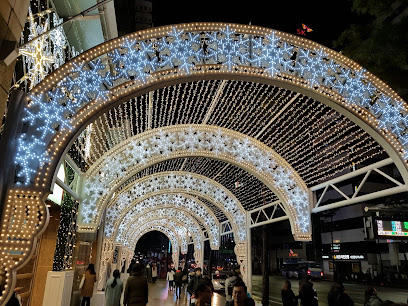
Myeongdong Cathedral
Discover the beauty and history of Myeongdong Cathedral, a stunning Gothic masterpiece and spiritual oasis in the heart of Seoul.

Myeondong Shopping Street
Explore Myeongdong Shopping Street: A vibrant blend of shopping, dining, and cultural experiences in the heart of Seoul, South Korea.
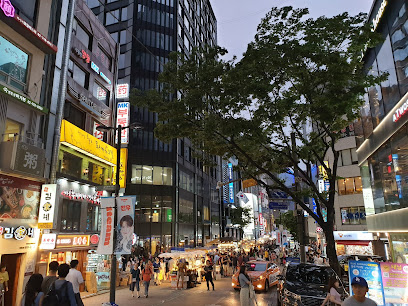
Jonggak Avenue of Youth
Explore Jonggak Avenue of Youth in Seoul – a vibrant hub of culture, dining, and entertainment perfect for every traveler.

Deoksugung Palace Jungmyeongjeon
Discover the historical charm of Deoksugung Palace in Seoul, a stunning blend of Korean and Western architecture set in tranquil gardens.
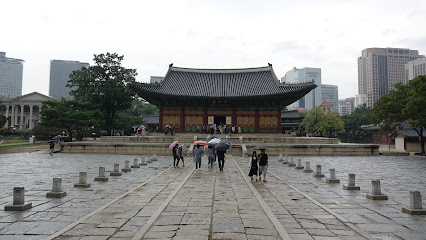
Myeongdong Night Market
Discover the vibrant Myeongdong Night Market in Seoul, a culinary and shopping paradise alive with energy and culture, perfect for unforgettable experiences.
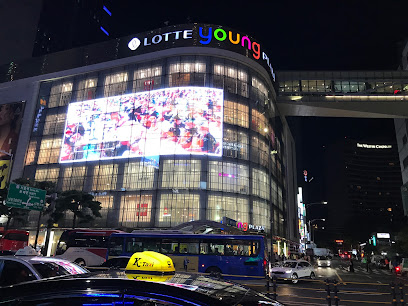
Hanwha Bulkkot-gil
Explore the serene beauty and cultural richness of Hanwha Bulkkot-gil in the heart of Seoul's Jung District, a must-visit tourist attraction.
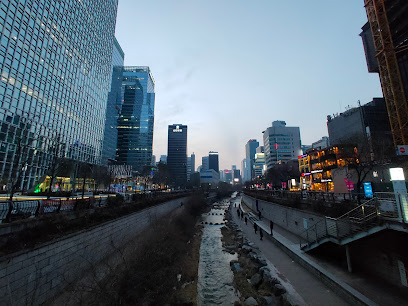
Jaemilo
Explore the vibrant streets of Jaemilo in Jung District, Seoul, where tradition meets modernity in a lively atmosphere full of culinary delights.
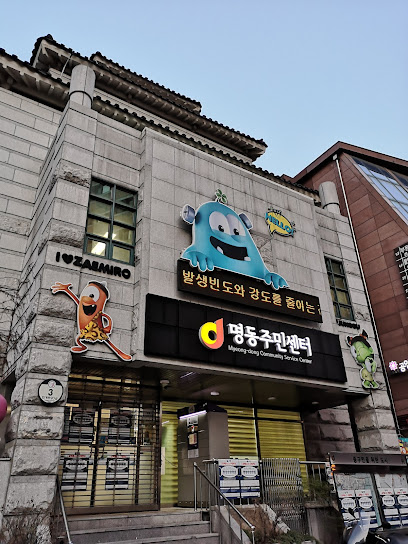
명동차없는거리
Explore the architectural beauty and serene atmosphere of Myeongdong Cathedral, a must-visit landmark in the heart of Seoul, South Korea.
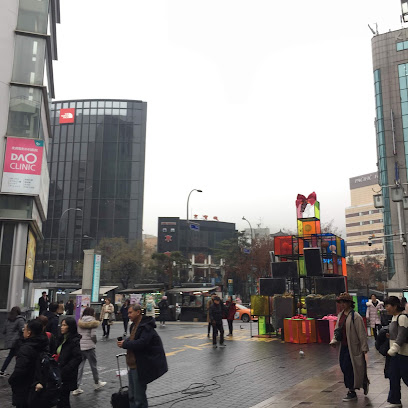
명동의 밤거리
Discover Myeong-dong, Seoul's vibrant shopping district filled with street food, beauty trends, and a lively atmosphere that captures the essence of South Korean culture.
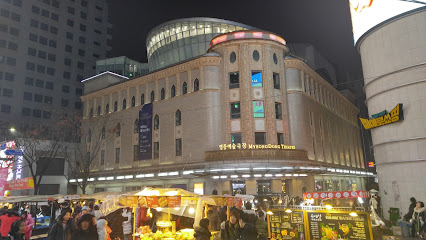
Korea
Experience the vibrant energy of Myeong-dong in Seoul, where shopping, food, and culture unite in a delightful urban adventure.

Unmissable attractions to see
N Seoul Tower
Experience breathtaking views and cultural delights at N Seoul Tower, an iconic landmark in the heart of Seoul.
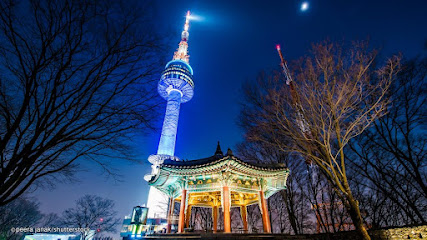
National Museum of Korea
Explore the National Museum of Korea, a cultural gem in Seoul showcasing thousands of years of history through stunning artifacts and exhibitions.
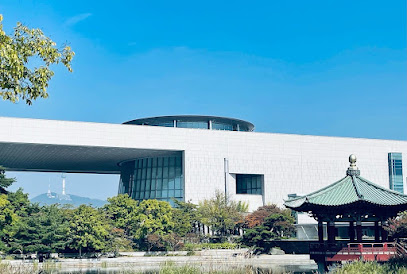
Namdaemun Market
Explore the vibrant Namdaemun Market in Seoul, a cultural treasure trove of food, shopping, and unique experiences awaiting every traveler.
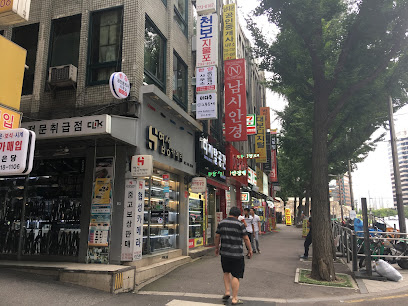
Myeongdong Street
Explore the vibrant Myeongdong Street in Seoul, where shopping, street food, and cultural experiences collide in a dazzling urban adventure.
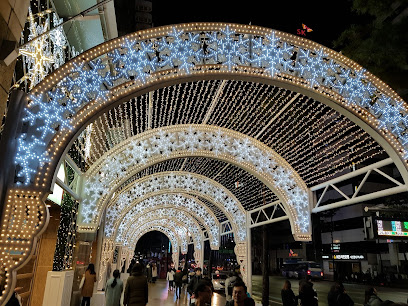
Bukchon Hanok Village
Discover the cultural heart of Seoul at Bukchon Hanok Village: a stunning blend of history, architecture, and breathtaking views.
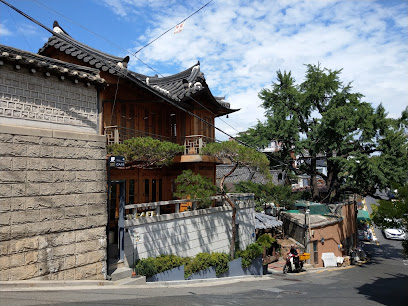
War Memorial of Korea
Explore the profound history and memorials of Korea's military past at the War Memorial of Korea, a must-visit museum in Seoul.
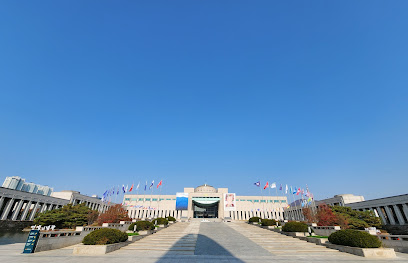
Insadong Culture Street
Explore the heart of Korean culture at Insadong Culture Street, where tradition meets modern artistry in a vibrant and historic setting.
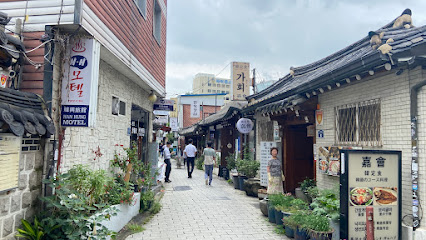
Myeongdong Cathedral
Explore the architectural beauty and spiritual significance of Myeongdong Cathedral, a must-visit cultural landmark in Seoul.
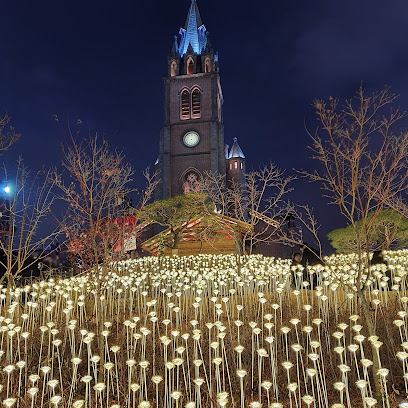
Cheonggyecheon
Explore Cheonggyecheon, Seoul's serene urban stream, featuring scenic walks, art, and a vibrant atmosphere in the heart of the city.
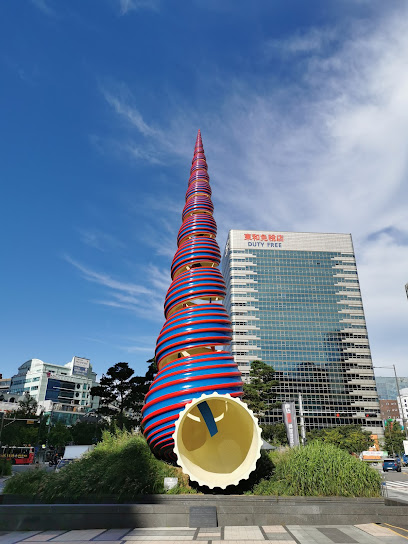
Jonggak Avenue of Youth
Explore Jonggak Avenue of Youth, where Seoul's vibrant culture, delicious street food, and artistic spirit come alive in a captivating urban setting.

Myeongdong Night Market
Experience the vibrant atmosphere of Myeongdong Night Market, where delicious street food and shopping await in the heart of Seoul.
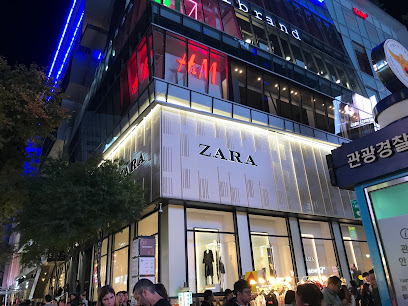
Hanwha Bulkkot-gil
Experience the serene beauty of Hanwha Bulkkot-gil, a tranquil pathway in the heart of Seoul, perfect for nature lovers and cultural enthusiasts.
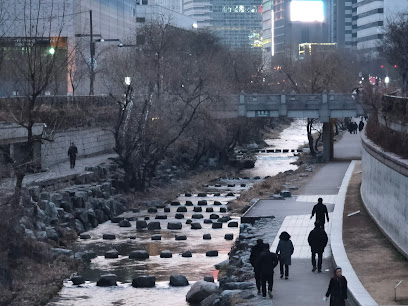
Pushkin Plaza
Explore the enchanting Pushkin Plaza in Seoul, a museum dedicated to the rich heritage of Russian culture and art, offering a unique glimpse into history.
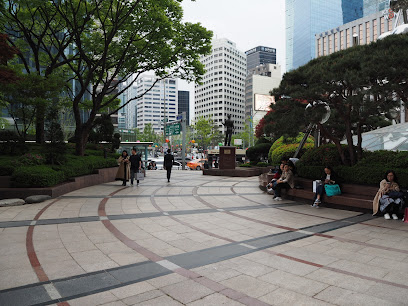
Love sculpture, Myeongdong
Discover the enchanting Love Sculpture in Myeongdong, Seoul – a vibrant symbol of romance amidst the bustling streets of this iconic district.
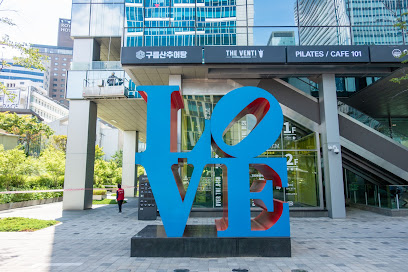
Jaemilo
Experience the vibrant culture of Seoul at Jaemilo, where tradition meets modernity in the heart of the city.
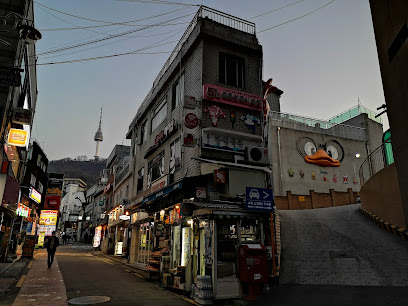
Essential places to dine
Myeongdong Kyoja Main Restaurant
Savor authentic handmade kalguksu noodles and dumplings at Myeongdong Kyoja Main Restaurant in Seoul's vibrant Myeongdong district.

Wangbijip Myeongdong Main store
Experience authentic Korean BBQ at Wangbijip Myeongdong - indulge in premium meats and traditional flavors in the heart of Seoul.
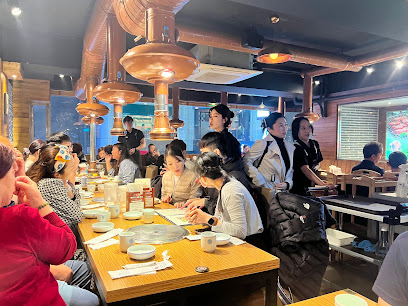
Wangbijib Myeongdong Center store
Experience authentic Korean BBQ at Wangbijib Myeongdong Center - where tradition meets flavor in the heart of Seoul.
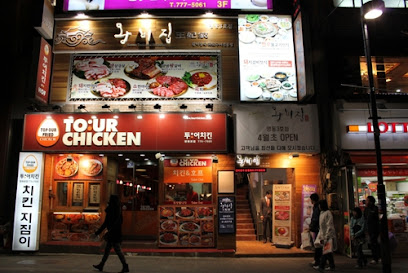
Din Tai Fung Myeongdong
Experience authentic Taiwanese cuisine at Din Tai Fung Myeongdong, famous for its delectable dumplings and vibrant atmosphere in Seoul's bustling district.

Gurkha Indian Restaurant
Experience authentic Indian and Nepalese cuisine at Gurkha Indian Restaurant in Seoul—where every dish tells a story of rich flavors.
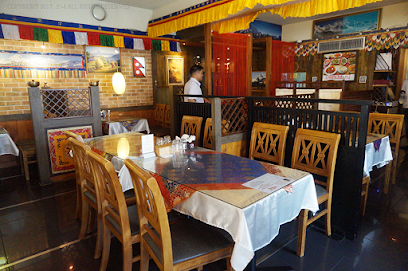
Myeongdong Restaurant The Sic-ddang
Experience authentic Korean cuisine at The Sic-ddang in Myeongdong – a must-visit for food lovers exploring Seoul's vibrant food scene.
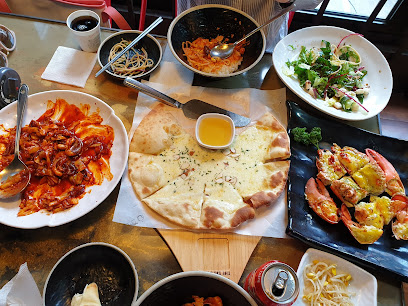
Yuktongryeong Myeongdong Main
Experience authentic Korean BBQ at Yuktongryeong Myeongdong Main—where flavors come alive and dining becomes an adventure.
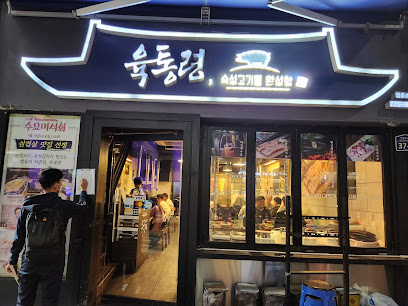
Mano di Chef
Experience authentic Italian cuisine at Mano di Chef in Seoul's vibrant Myeong-dong district - where every meal is a celebration.
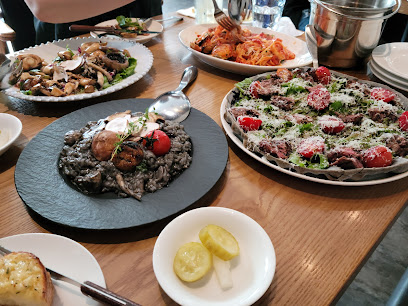
Italian Bistro Bonappetit
Discover the heart of Italy at Bonappetit in Seoul—where authentic flavors meet modern dining in an inviting atmosphere.
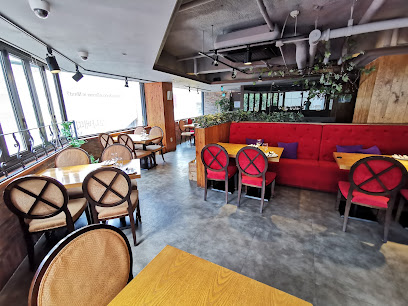
Good restaurant
Discover authentic Korean cuisine in Myeongdong's vibrant dining scene—where every meal is a celebration of flavor.
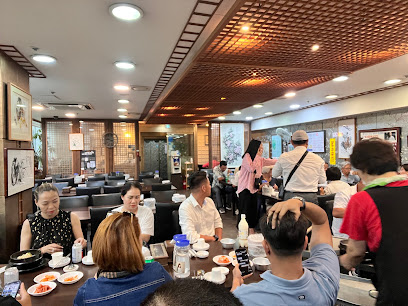
Markets, malls and hidden boutiques
Myeongdong Underground Shopping Center
Explore Seoul's vibrant shopping scene at Myeongdong Underground Shopping Center, a treasure trove of fashion, beauty, and delicious street food.
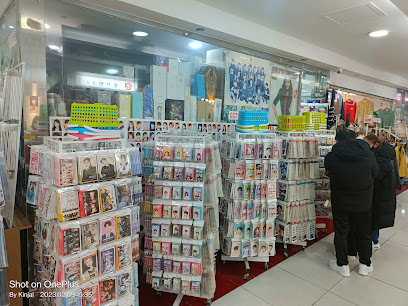
Olive Young Myeongdong Town
Discover an extensive range of beauty and skincare products at Olive Young Myeongdong Town, a must-visit destination for every beauty enthusiast in Seoul.
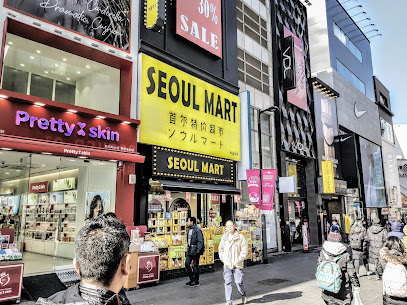
Shinsegae Duty Free Myeongdong
Discover luxury shopping at Shinsegae Duty Free Myeongdong, where exclusive brands and unbeatable prices await in the heart of Seoul.
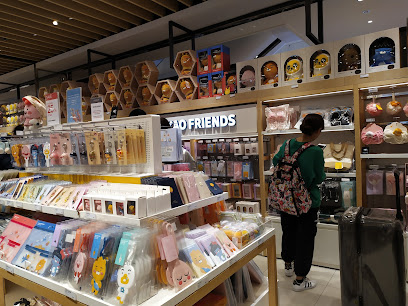
Myeondong Shopping Street
Discover the vibrant energy of Myeongdong Shopping Street, Seoul's premier shopping and food destination, where fashion meets unforgettable flavors.

SPAO
Explore SPAO in Myeongdong, Seoul – a trendy clothing store offering stylish apparel for everyone at great prices in the heart of the city.
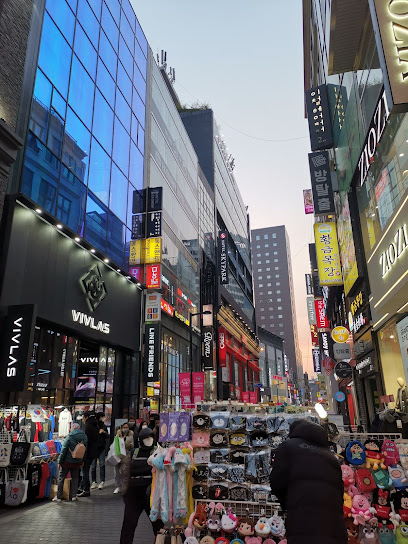
위글위글집 명동
Explore 위글위글집 명동, Seoul's premier gift shop, offering unique souvenirs and local crafts in the heart of Myeongdong.
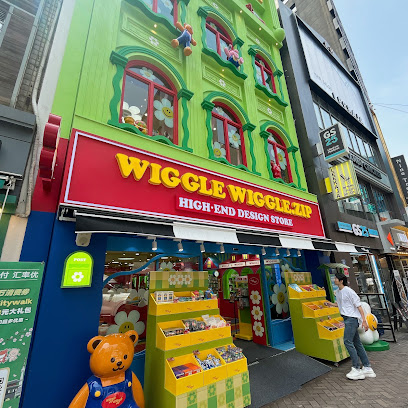
Migliore
Discover the best of shopping and dining at Migliore, Seoul's premier shopping mall offering a blend of trendy boutiques and delicious eateries.
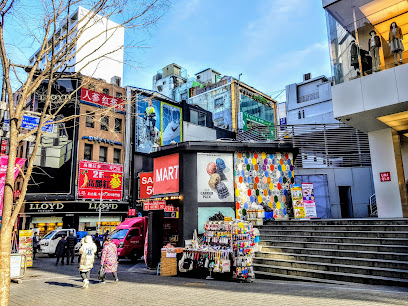
Butter Shop
Explore the Butter Shop in Myeongdong, Seoul, a unique home goods store filled with stylish decor and exquisite kitchenware.
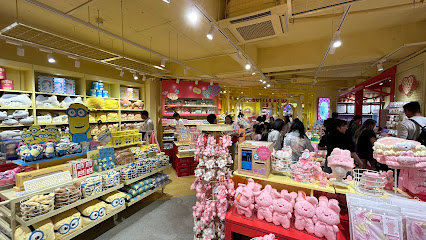
Illusien
Explore Illusien, a whimsical gift shop in Jung-gu, Seoul, where unique souvenirs and local crafts await your discovery.
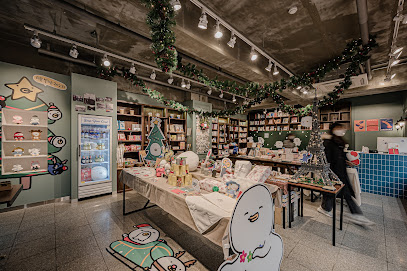
Machu Picchu MyeongDong
Discover a treasure trove of authentic Korean souvenirs at Machu Picchu MyeongDong, nestled in the heart of vibrant Seoul.
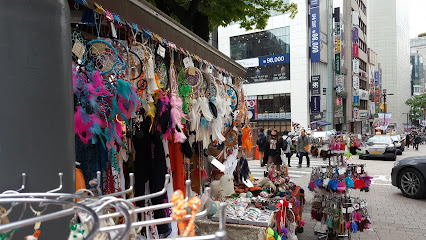
Essential bars & hidden hideouts
I Love Pub
Experience the vibrant nightlife at I Love Pub in Jung-gu, Seoul, where friendly service meets a lively atmosphere and delicious drinks.

pungak 명동풍악 bar pub wine music 바 위스키 와인
Discover the lively Pungak Bar in Myeongdong, where extraordinary cocktails meet electrifying live music for a night to remember.
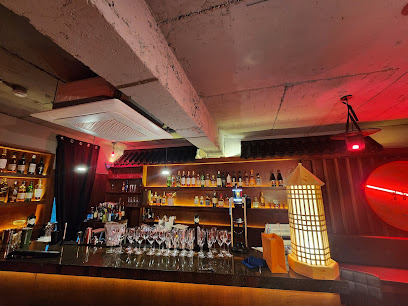
Le Style Bar
Experience the perfect blend of modern elegance and traditional Korean hospitality at Le Style Bar in the heart of Seoul.
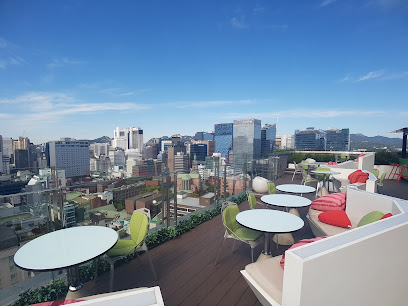
Artmonster
Discover Artmonster in Seoul: A bar where unique homemade drinks meet a vibrant atmosphere perfect for socializing and relaxation.
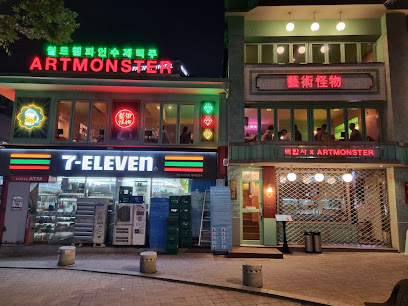
Mexx myeongdongjeom
Discover the vibrant nightlife of Seoul at Mexx Myeongdongjeom, where stylish ambiance meets an extensive drink menu in the heart of Myeongdong.
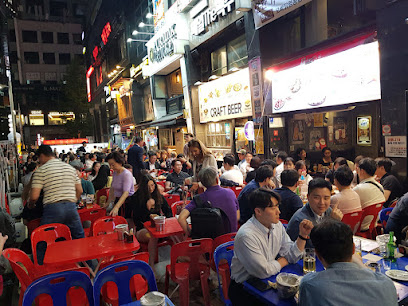
MOWa
Discover MOWa: A stylish wine bar and restaurant in the heart of Seoul, offering exquisite cuisine and an exceptional wine selection for every palate.
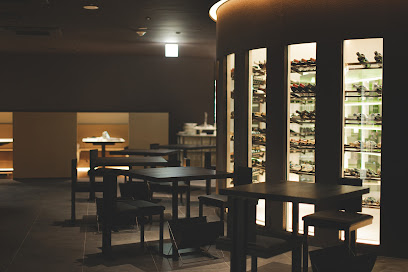
BOUND BAR
Discover Bound Bar in Myeongdong, Seoul's premier cocktail destination offering exquisite drinks and a vibrant nightlife experience.
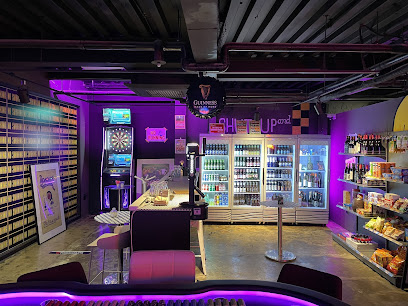
W XYZ Bar
Discover the vibrant nightlife at W XYZ Bar in Seoul, where stylish cocktails and a lively atmosphere await every visitor.
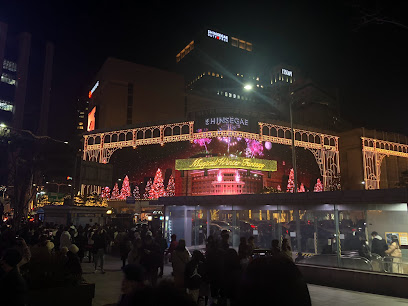
Bubble Lounge and Bar
Experience the vibrant nightlife of Seoul at Bubble Lounge and Bar, where unique drinks and a relaxed atmosphere await.

Pierres Bar
Experience the elegance of Pierres Bar, a cocktail haven atop Lotte Hotel Seoul, offering exquisite drinks and stunning city views.
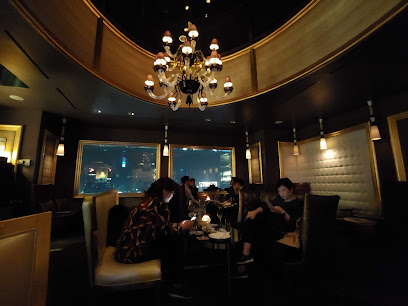
Local Phrases
-
- Hello안녕하세요
[an-nyeong-ha-se-yo] - Goodbye안녕히 가세요
[an-nyeong-hi ga-se-yo] - Yes네
[ne] - No아니요
[a-ni-yo] - Please/You're welcome부탁합니다/천만에요
[bu-tak-ham-ni-da/cheon-man-e-yo] - Thank you감사합니다
[gam-sa-ham-ni-da] - Excuse me/Sorry죄송합니다
[joe-song-ham-ni-da] - How are you?어떻게 지내세요?
[eo-tteo-ke ji-nae-se-yo?] - Fine. And you?잘 지내요. 그래요?
[jal ji-nae-yo. geu-rae-yo?] - Do you speak English?영어 할 수 있어요?
[yeong-eo hal su i-sseo-yo?] - I don't understand이해하지 못해요
[i-hae-ha-ji mo-hae-yo]
- Hello안녕하세요
-
- I'd like to see the menu, please메뉴를 보여주세요
[me-nyu-reul bo-yeo-ju-se-yo] - I don't eat meat고기는 먹지 않아요
[go-gi-neun meok-ji a-na-yo] - Cheers!건배!
[geon-bae!] - I would like to pay, please계산 부탁합니다
[gye-san bu-tak-ham-ni-da]
- I'd like to see the menu, please메뉴를 보여주세요
-
- Help!도와주세요!
[do-wa-ju-se-yo!] - Go away!가라!
[ga-ra!] - Call the Police!경찰을 불러주세요!
[gyeong-chal-eul bul-leo-ju-se-yo!] - Call a doctor!의사를 불러주세요!
[ui-sa-reul bul-leo-ju-se-yo!] - I'm lost길을 잃어버렸어요
[gil-eul ilh-eo-beo-ryeo-sseo-yo] - I'm ill아파요
[a-pa-yo]
- Help!도와주세요!
-
- I'd like to buy...이걸 살래요...
[i-geol sal-lae-yo...] - I'm just looking구경만 할 거에요
[gu-gyeong-man hal geo-e-yo] - How much is it?얼마에요?
[eol-ma-e-yo?] - That's too expensive너무 비싸요
[neo-mu bi-ssa-yo] - Can you lower the price?가격을 낮출 수 있어요?
[ga-geol-eul nat-chul su i-sseo-yo?]
- I'd like to buy...이걸 살래요...
-
- What time is it?지금 몇 시에요?
[ji-geum myeot si-e-yo?] - It's one o'clock한 시예요
[han si-ye-yo] - Half past (10)십 시 반
[sip si ban] - Morning아침
[a-chim] - Afternoon오후
[o-hu] - Evening저녁
[jeo-nyeok] - Yesterday어제
[eo-je] - Today오늘
[o-neul] - Tomorrow내일
[nae-il] - 1일
[il] - 2이
[i] - 3삼
[sam] - 4사
[sa] - 5오
[o] - 6육
[yuk] - 7칠
[chil] - 8팔
[pal] - 9구
[gu] - 10십
[sip]
- What time is it?지금 몇 시에요?
-
- Where's a/the...?...이 어디에 있어요?
[...i eo-di-e i-sseo-yo?] - What's the address?주소가 뭐에요?
[ju-so-ga mwo-e-yo?] - Can you show me (on the map)?지도로 보여주세요
[ji-do-ro bo-yeo-ju-se-yo] - When's the next (bus)?다음 버스는 언제와요?
[da-eum beo-seu-neun eon-je-wa-yo?] - A ticket (to ....)표 한 장 주세요
[pyo han jang ju-se-yo]
- Where's a/the...?...이 어디에 있어요?
History of Myeong-dong
-
Myeong-dong's evolution began during the late Joseon Dynasty in the 19th century when it emerged as a key commercial hub due to its strategic location near the Han River. As Seoul began to modernize, Myeong-dong became a focal point for trade and commerce, attracting merchants and establishing itself as a vital marketplace.
-
During the Japanese colonial period (1910-1945), Myeong-dong underwent significant changes. The Japanese authorities developed the area to promote their economic interests, introducing Western-style architecture and expanding the urban infrastructure. This era saw the establishment of numerous department stores and the introduction of modern amenities, laying the groundwork for Myeong-dong's reputation as a shopping destination.
-
After Korea's liberation in 1945, Myeong-dong became a symbol of cultural revival and economic growth. The area experienced a renaissance, with the emergence of theaters, cafes, and boutiques. It also became a popular gathering place for the youth, fostering a vibrant cultural scene that included fashion and music.
-
In the late 20th and early 21st centuries, Myeong-dong transformed into a global shopping destination, attracting tourists from around the world. The proliferation of international brands, cosmetics stores, and street food vendors contributed to its status as a must-visit area in Seoul. Myeong-dong's blend of traditional Korean culture and modern commercialism exemplifies the dynamic nature of the city's evolution.
-
Today, Myeong-dong continues to thrive as a cultural and commercial epicenter. Events such as the annual Myeong-dong Festival celebrate the area's rich heritage, while the presence of historic sites like the Myeong-dong Cathedral highlights its cultural importance. The neighborhood's ongoing development reflects the broader trends in Seoul, balancing modernization with the preservation of its historical identity.
Myeong-dong Essentials
-
Myeong-dong is easily accessible from various neighborhoods in Seoul. From Incheon International Airport, take the Airport Railroad Express (AREX) to Seoul Station, then transfer to Line 4 (the light blue line) and get off at Myeong-dong Station. If you're coming from popular areas like Gangnam or Hongdae, you can take Line 2 (the green line) to Euljiro Station and walk a few minutes to reach Myeong-dong.
-
Myeong-dong is a pedestrian-friendly area, making it easy to explore on foot. The neighborhood is well-connected by public transportation, with Myeong-dong Station being the main subway stop. Buses also serve the area, and taxis are readily available. Biking is less common due to the busy streets, but bike rentals are available in nearby areas for those wanting to explore further.
-
Myeong-dong is generally safe for tourists, but standard precautions should be taken. Avoid poorly lit alleyways at night and be mindful of your belongings in crowded areas. While violent crime is rare, petty theft can occur, particularly in tourist hotspots. It’s advisable to stay alert and keep valuables secure, especially in busy markets.
-
In case of an emergency, dial 112 for police assistance or 119 for fire and medical emergencies. There are hospitals and clinics in the vicinity, with the nearest major hospital being the Seoul National University Hospital. It's recommended to have travel insurance that covers medical emergencies. For minor health issues, local pharmacies are widely available.
-
Fashion: Do dress appropriately for the weather; Myeong-dong is known for its fashion scene. Don't wear overly casual clothing when dining in nicer establishments. Religion: Do respect local customs, especially in temples. Don't take photos in places where it's prohibited. Public Transport: Do be courteous; give up your seat for the elderly. Don't talk loudly on public transport. Greetings: Do bow slightly when greeting locals. Don't use overly familiar language unless invited. Eating & Drinking: Do try street food and popular local dishes. Don't waste food; it's considered disrespectful.
-
To experience Myeong-dong like a local, visit the street food stalls in the evening for a taste of authentic Korean snacks. Engage with shop owners and ask for recommendations; many are happy to share their favorites. Don’t miss the Myeong-dong Cathedral, a beautiful landmark. For shopping, explore the side streets for unique boutiques and artisan shops that offer a more local vibe compared to the main thoroughfare.
Nearby Cities to Myeong-dong
-
Things To Do in Incheon
-
Things To Do in Suwon
-
Things To Do in Chuncheon
-
Things To Do in Daejeon
-
Things To Do in Andong
-
Things To Do in Jeonju
-
Things To Do in Daegu
-
Things To Do in Pohang
-
Things To Do in Gwangju
-
Things To Do in Gyeongju
-
Things To Do in Suncheon
-
Things To Do in Ulsan
-
Things To Do in Mokpo
-
Things To Do in Busan
-
Things To Do in Jeju City








